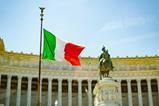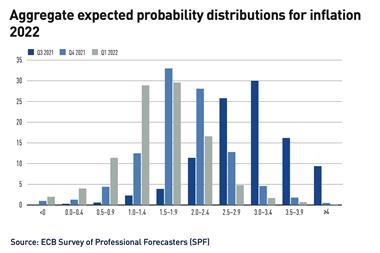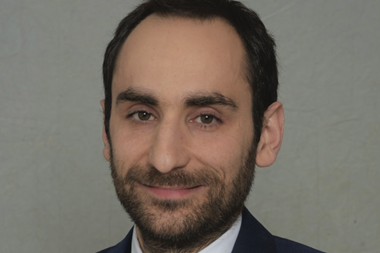Italian private pension funds need “full autonomy” to allocate their assets in line with the National Recovery and Resilience Plan (Piano Nazionale di Ripresa e Resilienza – PNRR), a package of investments dealt at EU level to bring about reforms, green and digital transformation, said Alberto Oliveti, the president of the association of private pension funds – Enti Previdenziali Privati (Adepp) – and of the doctors´ scheme Enpam, at an event at the Luiss Business School in Rome.
Private pension funds are best placed to invest, Oliveti added, if “the heavy double taxation that is applied to us” is erased, if “legislative volatility” is contained, and if the supervisory control is exercised at a lesser extent.
Enpam has paid €250m in taxes in 2021 for the 2020 fiscal year, a year that saw doctors facing the COVID-19 pandemic, he added. Italy was the first country in Europe hit by the drastic impact of the pandemic.
Private pension funds are also asking to be exempted from rules in the procurement code “which causes bottlenecks that are unsustainable for us,” Oliveti said.
He also warned about including private pension funds data for statistical purposes in the Italian National Institute of Statistics (Istat), “which considers us (an institution of) public administration,” as in the case of applying the rules of the spending review, a mechanism to review public spending.
The PNRR is part of the Next Generation EU (NGEU), a stimulus package foreseeing investments for a total of €806.9bn to support national economies coming out of the COVID-19 pandemic, long-term growth, digital and green transformation.
The Recovery and Resilience Facility (RRF) is the center piece of the NGEU with funds worth €723.8bn, including €385.8bn in grants and €338.8bn in loans for member states to conduct reforms and investments at national level. The RRF would help the EU achieve its target of climate neutrality by 2050.
The Italian government has designed the PNRR in line with the six pillars of the NGEU with a share of investment for green (37%) and digital (20%) projects. It has allocated €191.5bn, split into six large projects which include digitisation, innovation, and culture (€40.32bn), green revolution and ecological transition (€59.47bn), infrastructure for sustainable mobility (€25.40bn), education and research (€30.88bn), inclusion and cohesion (€19.81bn), and health (€15.63bn).
The government has also approved an additional €30.6bn to finance further investments, bringing the total amount of funds for the recovery package to €222.1bn.
Adepp pension fund members have been making investments with an ESG approach for some time now, Oliveti said.
He added: “In this time of crisis, everyone has to do their job in the best possible way. For us this means supporting our members, with a positive impact on our country and on the six projects of the PNRR.”
Adepp´s members include Inarcassa, the pension fund for self-employed engineers and architects, the lawyers´ fund Cassa Forense, Enpam, the pension fund for vets Enpav, the pension scheme for psychologists Enpap, and the the first-pillar scheme for biologists ENPAB, among others.
The private pension funds had a total assets worth €100bn in 2020, that have been steadily increasing since 2013 when assets stood at €65.6bn, according to the latest figures available published by Adepp.
The private schemes invest the largest share of their assets in securities (29.9%), in other types of investment funds (20.6%), in government bonds (15.7%), in other bonds (4.4%), in equities (7.1%), in direct real estate (4.2%), and the remainder in other investments, according to Adepp.
The latest digital edition of IPE’s magazine in now available
















No comments yet